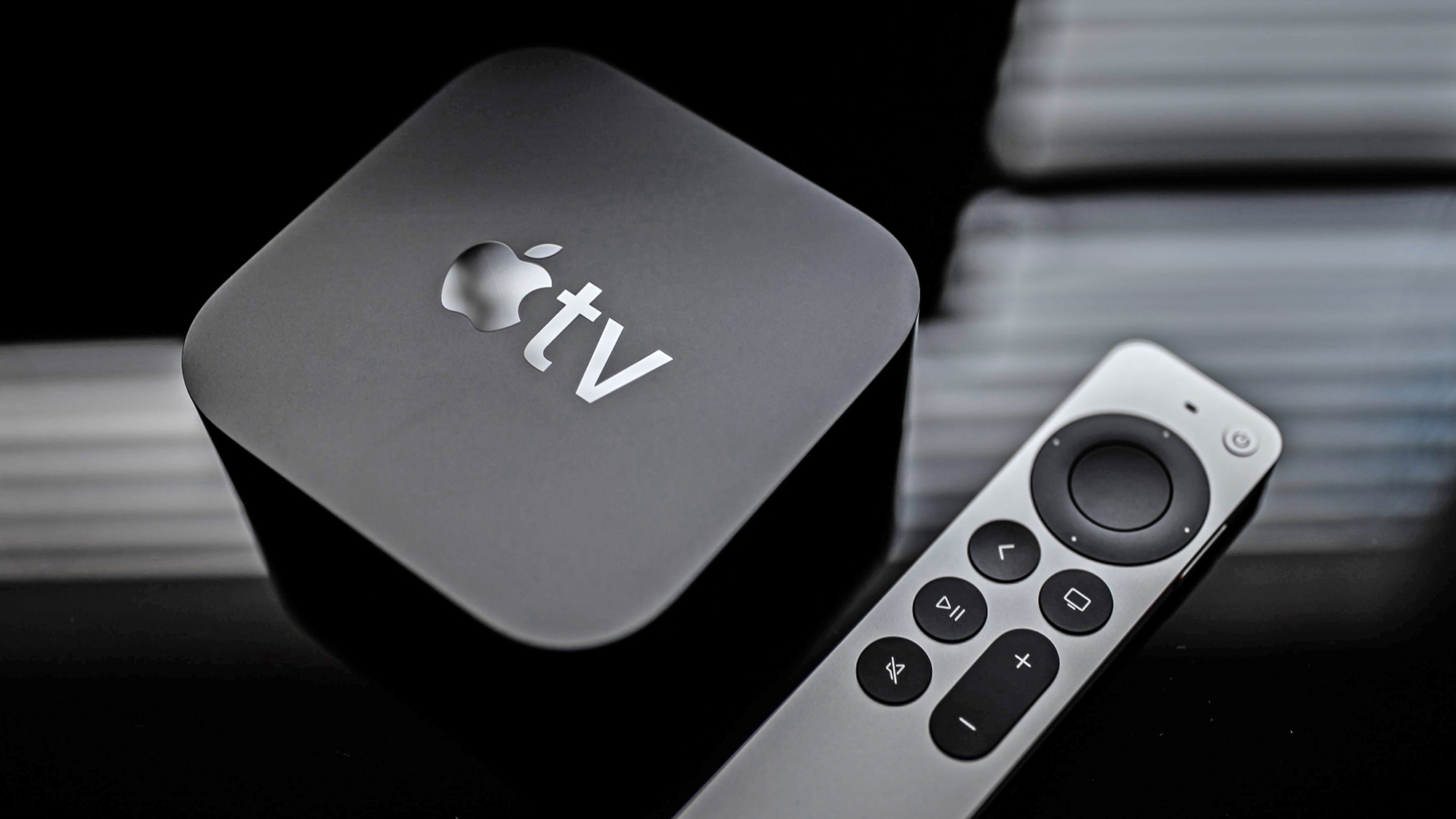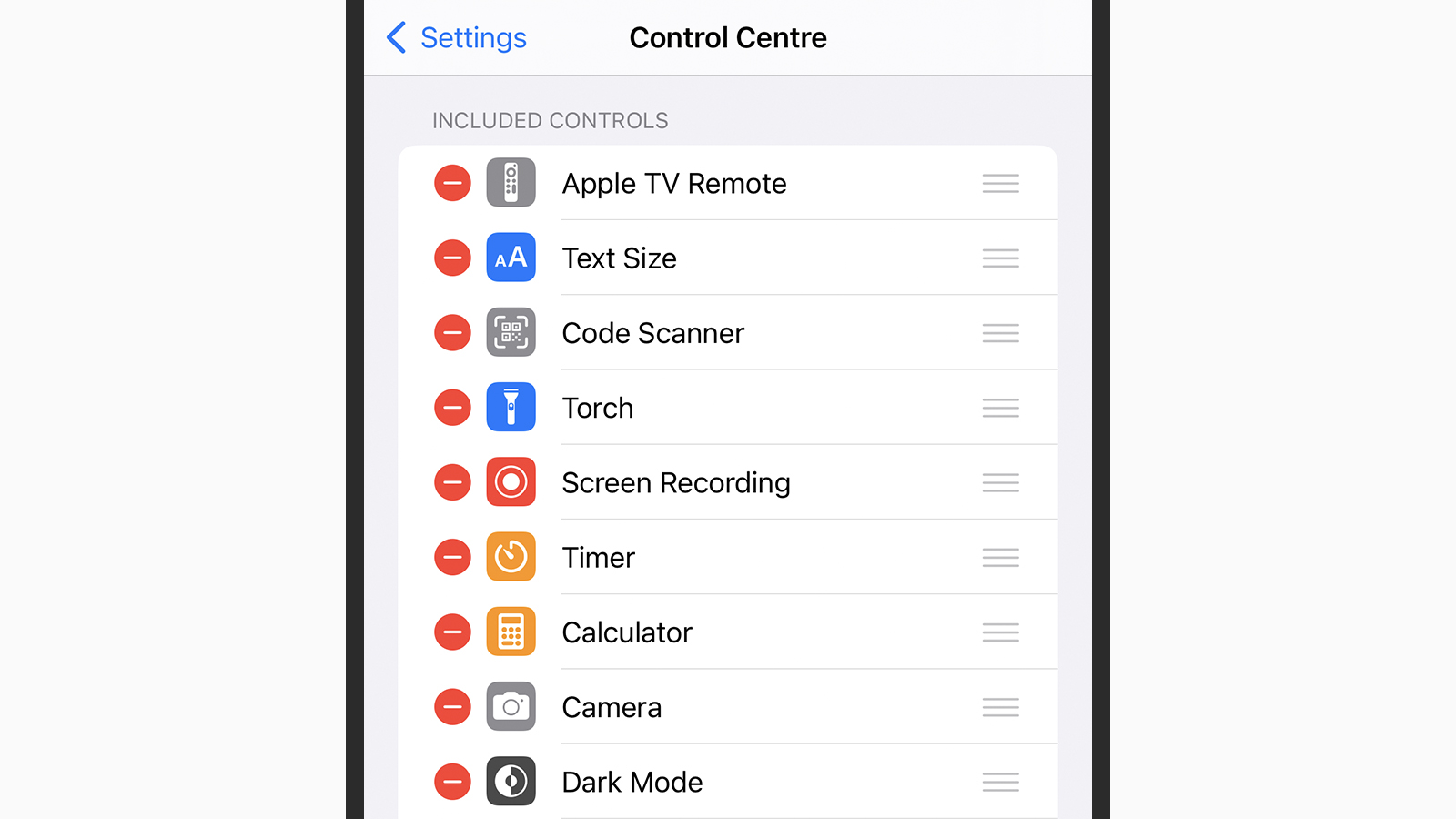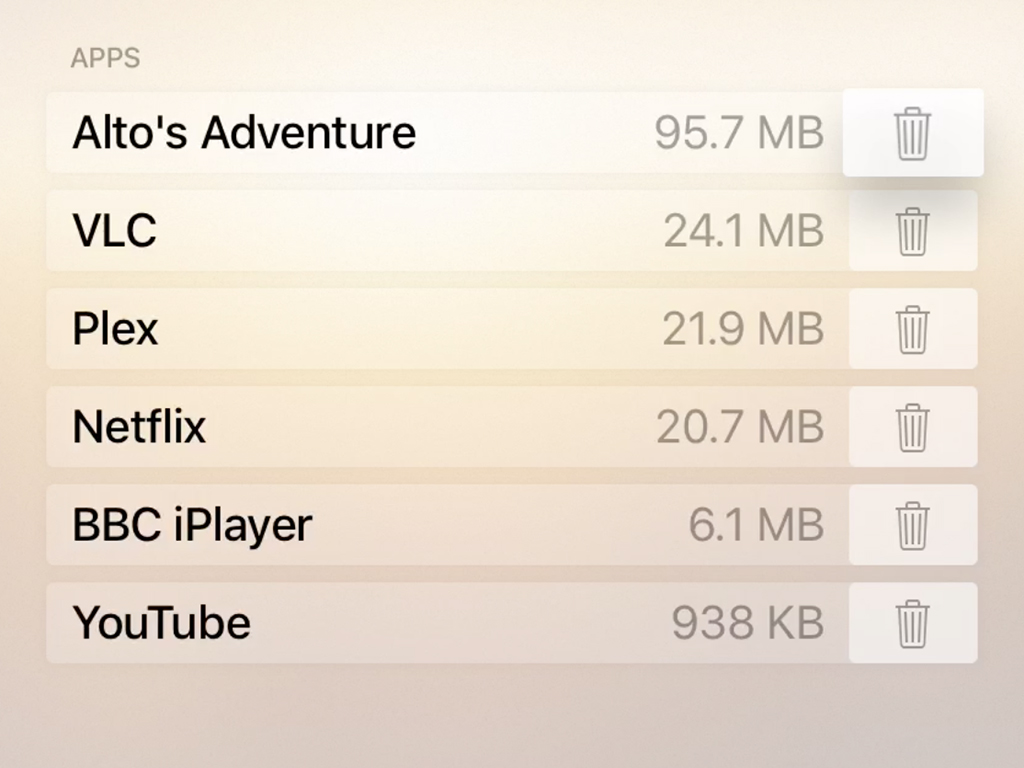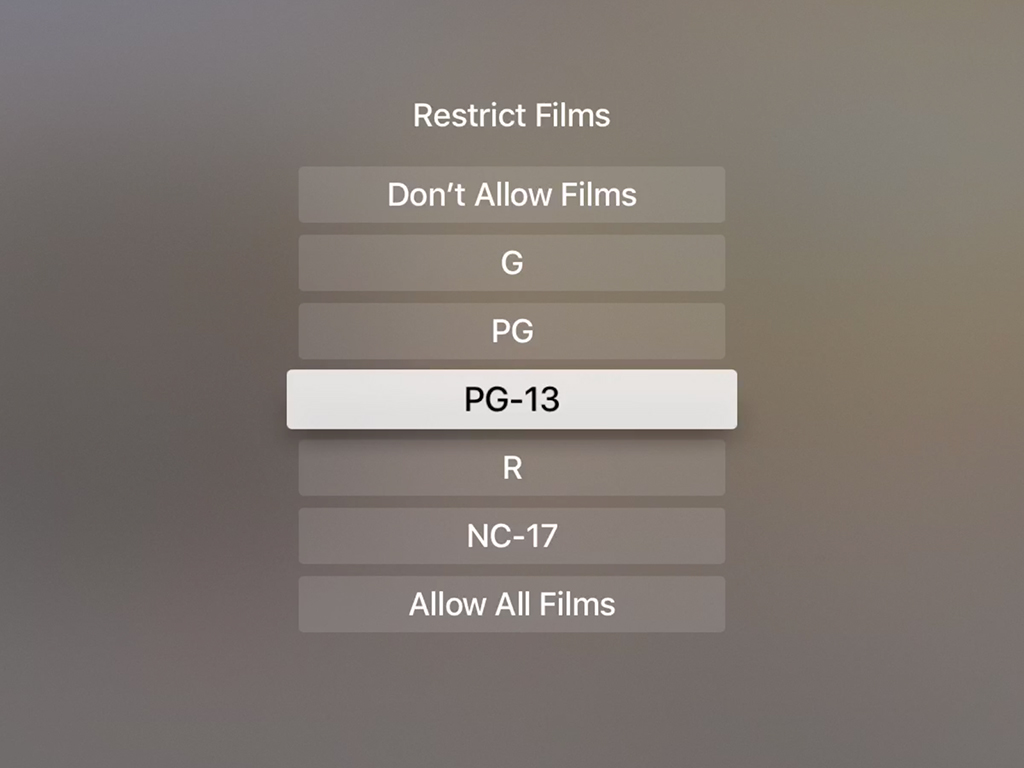

It might be hard to believe, but the Apple TV box—not the Apple TV app—has been with us since 2007. In that time, it’s gotten both smaller and smarter, and it has a few tricks up its sleeve that you might not know about.
While the Apple TV is designed to make it easy for you to sit back, relax, and get to your entertainment as quickly as possible, you can improve your viewing experience by digging into some of the settings and hardware features. Note that these tips work with all generations of the Apple TV 4K, whether you have the latest version and its Siri Remote (with a circular clickpad), or the older model and its Touch Remote.
1. Rearrange your home screen
There’s no need to settle for the default Apple TV app layout. As you add apps, you can move them around to access your favorites more easily. Using the top half of your Touch Remote or the clickpad on the Siri Remote, tap and hold on any app to move the icon somewhere else on screen. Tap again to confirm.
To delete an app from the home screen entirely, tap and hold on it, press Play/Pause, and select Delete to remove it. As on iOS, you can create folders too: press Play/Pause and choose New Folder to create one, and you’ll be able to drag app icons into it. To remove them, drag them out of the folder.
There are more options for changing your home screen’s appearance on the General menu within Settings, including switching between a light and a dark interface mode and choosing from a list of available screensavers.
2. Tame your notifications
If you install apps that support notifications—like the Apple TV app, which will alert you to new shows—you’ll see badges on the app icons when there’s a new alert. If you’d rather not have the extra clutter, go to Settings and open up Notifications, where you can turn these badges on or off for each app.
3. Make full use of the remote
The Touch Remote or Siri Remote that Apple bundles with its TV is more clever than it looks. With the right combination of flicks and gestures, you can reveal several hidden menus and screens, particularly within Apple’s own apps.
You can double-tap the Home button (which looks like a big TV display) to show all of your recent apps. Within an app, if you slide a finger left or right on the touch-sensitive top half of the Touch Remote or tap the left or right side of the clickpad ring on the Siri Remote, you’ll go backward or forward in videos and audio tracks.
A downward swipe (Touch Remote) or a tap on the bottom part of the clickpad ring (Siri Remote) brings up more options while you’re watching something. The options vary by app, but in the Netflix app, for example, it will bring up the subtitle and audio options.
If you find your remote too sensitive, or not sensitive enough, head to the Settings app, then choose Remotes and Devices to adjust it. You can check on the remote’s battery level at the same time.
4. Control the Apple TV 4K with your iPhone

You can use your iPhone to control your Apple TV 4K, and you may find that easier than the device’s remote. Setting this up is as simple as opening the Control Center (swipe down from the top right corner of your phone’s screen), then tapping on the remote button (which looks like your Apple TV 4K remote). If you can’t see the button, open iOS Settings and choose Control Center to add and position it.
[Related: All the ways to customize your iPhone lock screen]
5. Get info on your screensavers
The Apple TV 4K has some of the most gorgeous screensavers in the business. If you find yourself particularly taken with a scene and want to know where in the world it is, lightly touch the top half of the Touch Remote or the clickpad on the Siri Remote (without actually clicking) to see the location.
6. Add more users
You don’t necessarily want family members or housemates ruining your Disney Plus recommendations list or checking out your photos and videos, which is why the Apple TV 4K supports multiple user accounts. From Settings, pick Users and Accounts, then Add New User. This new user will need their own Apple ID, which grants them access to all their apps and services. You can swap between users from the same screen, or by pressing and holding the Home button (with the TV display icon on it).
7. Check how much space apps are using

You get a certain amount of on-board storage with the Apple TV 4K, but all those high-resolution movies can quickly eat up precious space, and you don’t want to run out of room. If you need to free up some storage, you can see which installed apps are the biggest data hogs by going to Settings and choosing General, followed by Manage Storage.
The next screen will show all the apps on your Apple TV 4K, with the bulkiest (perhaps a game of some sort) at the top. Handily enough, there’s a trash can right by each entry on the list—tap this icon once to delete the app and free up some space. The Apple TV 4K remembers your app purchases, so you can always download them again.
8. Do more with Bluetooth devices
Your Apple TV 4K has Bluetooth, so make the most of it. You might already know you can boost the audio capabilities of your box with Bluetooth speakers or your own headphones, but you can connect other devices as well. Up to two Bluetooth devices can be connected to your Apple TV 4K at any one time.
For example, tvOS now supports Bluetooth keyboards, which means you can save yourself the hassle of typing out movie titles and search requests—just swap the Touch Remote or Siri Remote for a keyboard.
Or, add an MFi Bluetooth game controller to give yourself more intuitive control over your big-screen games. From the Settings app, head to Remotes and Devices, then choose Bluetooth to pair devices or to remove one device and make room for another.
9. Make your Apple TV kid-friendly

The Apple TV can entertain kids of all ages, but you don’t necessarily want your youngsters to access all available material or start spending your money on in-app purchases.
[Related: How to set parental controls on any phone or tablet]
That’s where the Restrictions menu under General inside Settings proves very useful. Turn restrictions on, and you can stop new purchases and rentals from being bought (helpful if your toddlers don’t know what they’re doing) and disable in-app purchases too. You can also block music, podcasts, TV shows, and movies by rating, as long as the content is correctly labeled.
On top of that, you can disable multiplayer gaming, screen recording, and even explicit language in Siri’s responses. All of these blocks and limits are protected by a PIN code, which must be entered to turn them off again.
10. Check your video resolution
Your Apple TV 4K can output video in 4K resolution—as long as the app and television you’re using both support it. When it comes to your TV, you can check its capabilities by going to Video and Audio in Settings and choosing Check HDMI Connection. From the same screen, choose Format to pick the video resolution you want the box to use wherever possible.
11. Load any kind of content on your Apple TV
It’s not always easy getting content up on your Apple TV. Watching Apple TV movies or Netflix shows is easy enough, but if there’s not an appropriate app for the media you want to view, it can be tricky to stream it over to the box. Certain apps can be a big help here, specifically Plex, which will stream audio, video, and photos from any computer on the same network straight to your Apple TV.
Just install Plex on your computer and install the Plex app on your Apple TV to get started. If you need a little more help, Plex has more information about setting up the app. VLC Media Player is also worth a mention here, as it’s one of the most versatile media players for computers and phones. On the Apple TV, it provides support for streaming almost anything from your local network.
12. Calibrate your TV picture

The Apple TV 4K offers a rather smart color calibration feature, which you can use if you also have an iPhone. From Settings, choose Video and Audio, then Color Balance, and follow the instructions on screen. Note that you’ll need to turn your iPhone toward your TV to monitor and adjust the balance of colors. When the calibration is done, which only takes a few seconds, you’ll have the option to accept the new settings or go back to the original calibration.
13. Get help from Siri
Siri is available on the Apple TV, so make use of the voice-controlled assistant by pressing and holding on the Siri (microphone) button on the remote—it’s on the front on the Touch Remote and on the side on the Siri Remote.
Try asking, “What’s the weather forecast?” or saying, “Show me comedy movies from the 90s” (or whatever genre you’d prefer). The best part is, Siri’s results pop up at the bottom of the screen most of the time, so they won’t interrupt what you’re doing.
When watching movies and shows, you can say, “Forward 10 minutes” to jump around, or ask, “Who stars in this?” to get a list of cast members to appear on screen. Another good vocal trick is asking, “What did he (or she, or they) just say?” This prompts Siri to rewind whatever you’re watching by 15 seconds and temporarily turn subtitles on. Meanwhile, saying, “Reduce loud sounds” can make it easier to hear dialogue.
14. Use picture-in-picture
Anything beamed to your Apple TV 4K via AirPlay or played through the Apple TV app supports picture in picture: To enable it, swipe down on the Touch Remote or tap the bottom of the clickpad ring on the Siri Remote to bring up the playback controls, then pick the picture-in-picture button (it looks like two rectangles with an arrow between them).
This will shrink the current video down to the corner of your screen, and you can open up a different video in any app you like. To switch between the main window and the picture-in-picture window, tap the Home button (the TV symbol)—when you’re in the smaller window, you’ll get options for changing its position on screen, and going back to the full screen mode.
This story has been updated. It was originally published on March 22, 2017.
